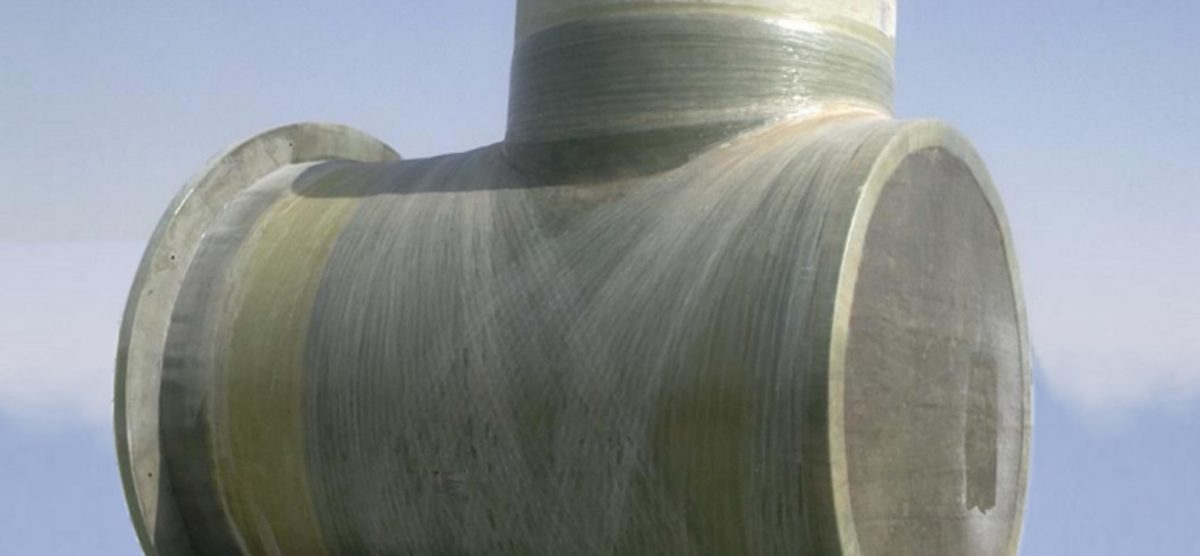Blog

GRP PIPES : AN OVERVIEW
GRP stands for Glass Fiber Reinforced Plastic, composite material pipes with a glass fiber reinforced polymer matrix. GRP pipes replace steel pipes in fire water service industries. Excellent corrosion resistance and the ability to withstand high pressures help them find many industrial applications across various domains.
Different types
- GRP: Glass–fiber reinforced plastic.
- GRUP: Glass–fiber reinforced unsaturated polyester.
- GRE: Glass – fiber reinforced epoxy.
- GRV: Glass–fiber vinyl ester.
GRP pipes find large-scale applications in,
- Power plants
- Metal production units
- Mining industry
- Industrial water and wastewater plants
- Flue gas desulfurization unit
- Chlor alkali and chemical plants
- Pulp and paper mills
- Sea water intake
- Rehabilitation projects
- Storm sewer systems
- Fire fighting lines, and many more!
Why should you go for GRP pipes?
Some top characteristics and advantages
- Durability and resistance
GRP pipes are very durable and highly resistant to both internal and external corrosion due to the inert nature of the components. This property eliminates the need for external coatings and additional linings (galvanization). Resistant to extreme environmental conditions, heat, oil, water, chemical, gases, and UV rays, they have a shelf life of fifty years with zero maintenance costs. GRP pipes are the safest option for transporting food and potable water due to quality manufacturing procedures.
- Lightweight construction
As per conventions, a GRP pipe weighs 35% of the weight of a comparable carbon steel pipe and 10% of the weight of a comparable concrete pipe. It can significantly reduce the handing, shipping, and site installation expenditure.
- Easily customizable
The composite helps to design the pipes exactly as per the project requirements.
- Pressure absorption
They can absorb around 40% of the surge pressure. It prevents pipe bursting due to high liquid pressures.
- Non-conductive
They are preferred for electrically hazardous units for their non-conductive properties.
- Dimensional Stability
When subjects to changes in temperature and humidity, GRP pipes remain dimensionally stable.
- Some popular GRP pipe manufacturing methods are Filament winding, Continuous winding or Drostholm Method, Helical Filament winding, and using a Centrifuge.

